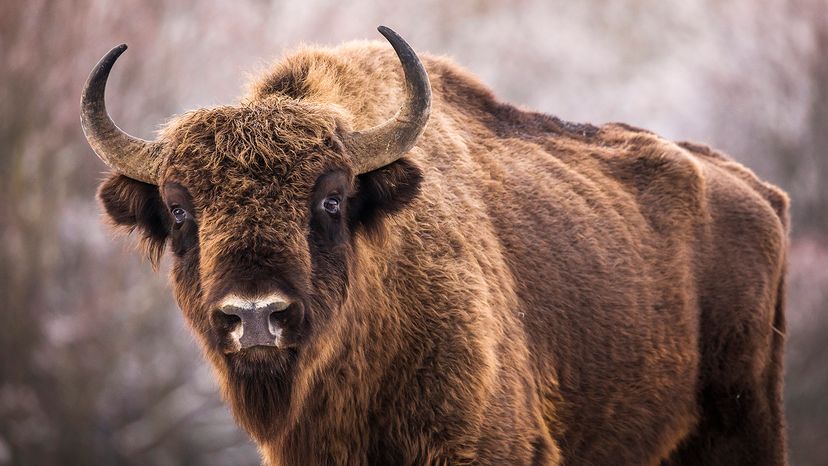
Massive, majestic and deeply woven into the fabric of North American history, the bison is more than just an iconic mammal; it's a symbol of survival and conservation.
Once numbering in the tens of millions, bison herds roamed the Great Plains and beyond, shaping ecosystems and cultures, particularly among Native American tribes.
Advertisement

